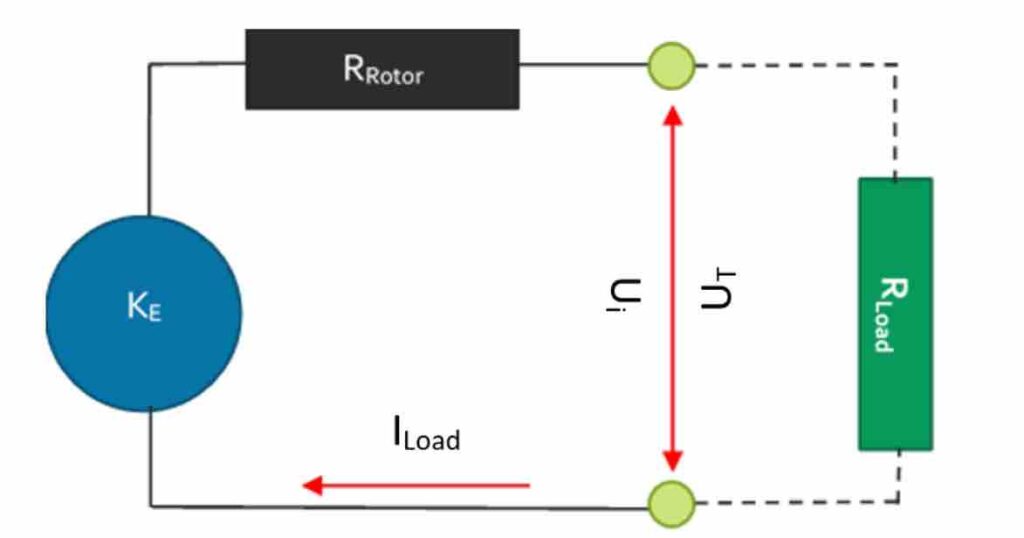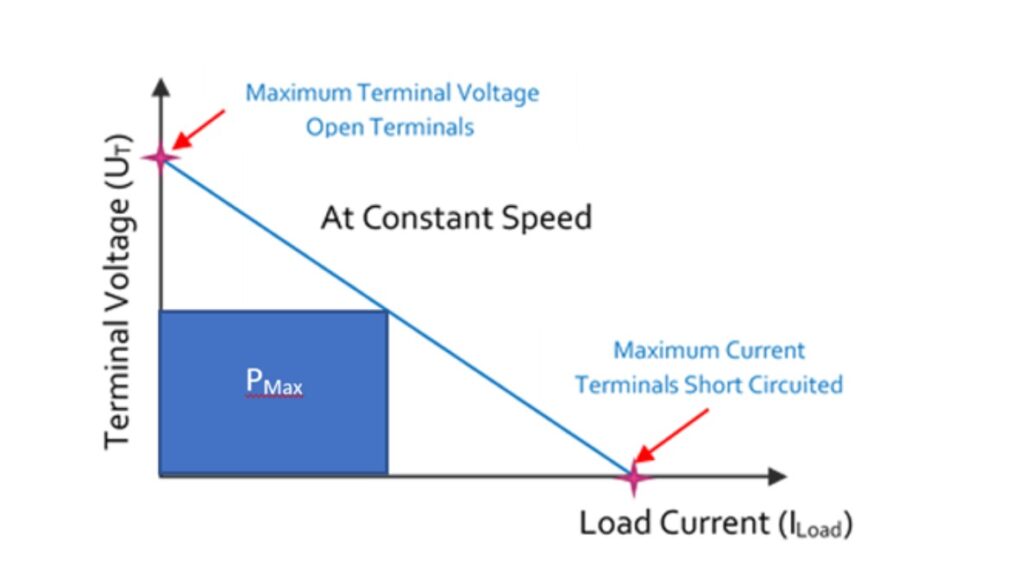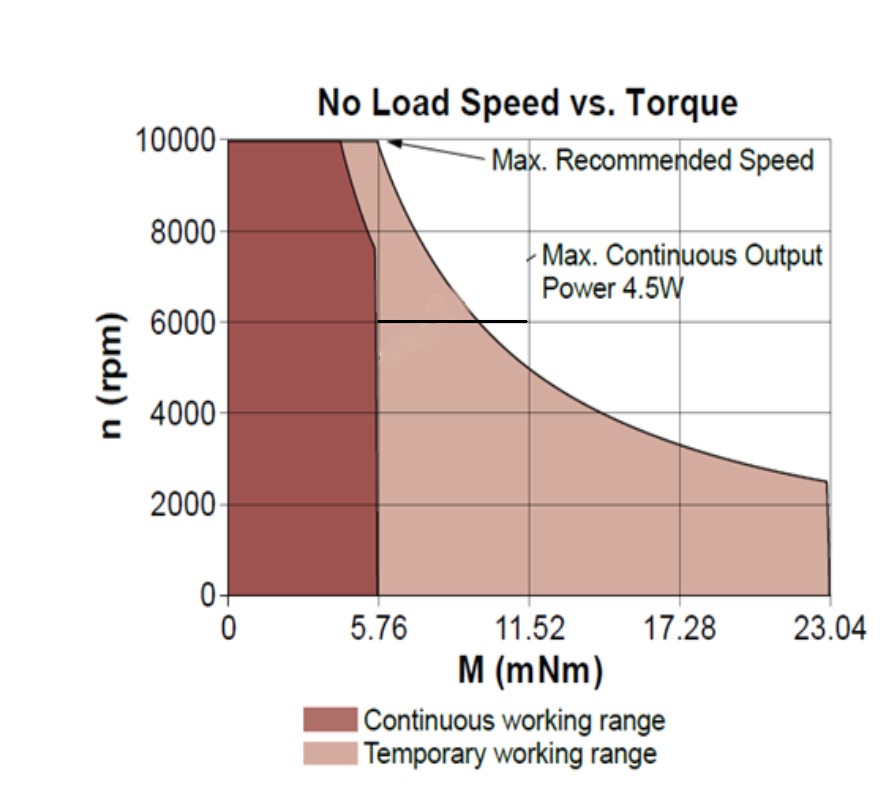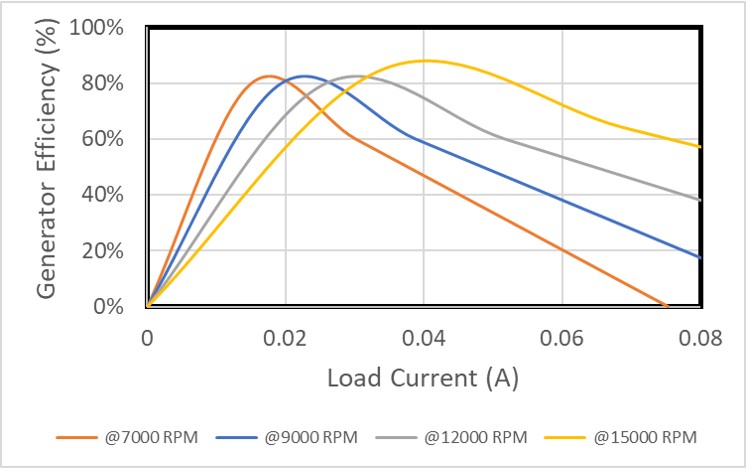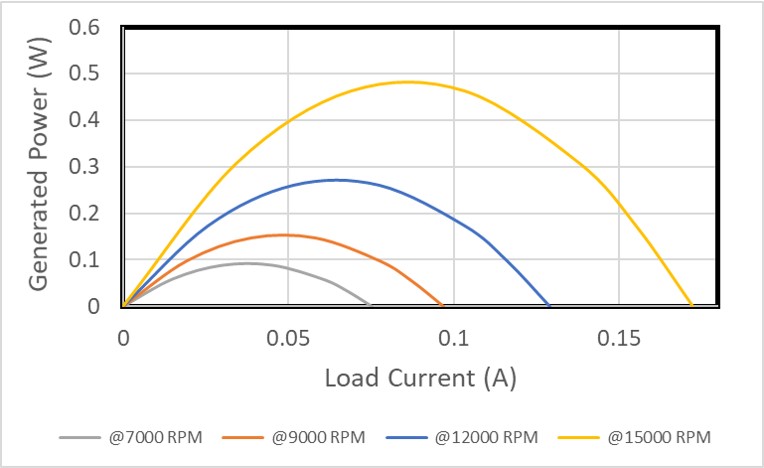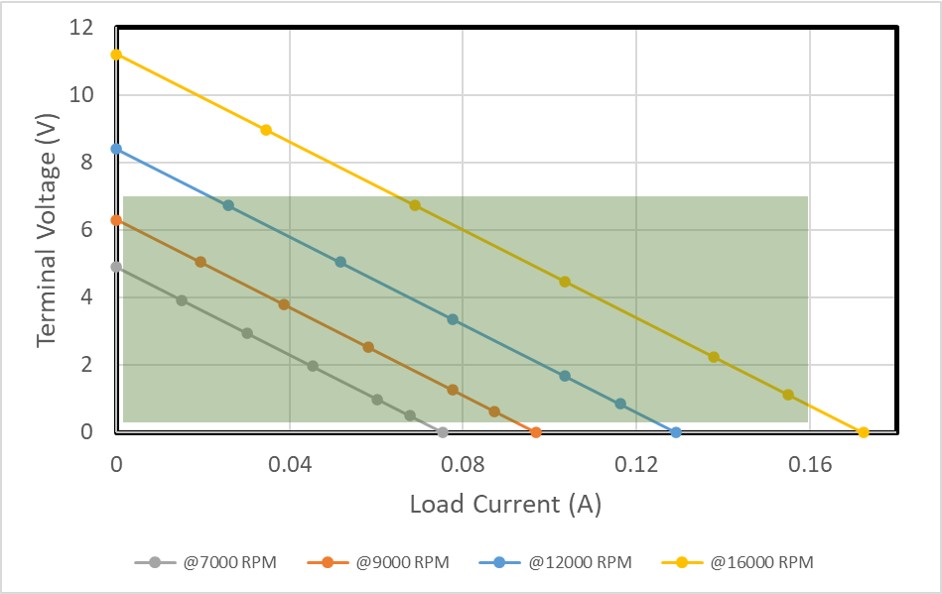Sunil Kedia looks at the basic relationship between speed, voltage, torque and current when using a brushed DC motor as a generator
It won’t surprise engineers with even a fundamental understanding of motor design to learn that a brushed DC motor can be operated as a generator to produce a DC power supply. However, it is possible that they will not yet have appreciated the usefulness of the principle considering the increasing numbers of intelligent, remote, powered devices.
Getting the most out of such a configuration requires consideration of electrical and mechanical factors when determining the operating points.
The rise of the Internet of Things (IoT) has seen rapid growth in the number of intelligent sensors and devices interconnected and exchanging data. In the industrial environment, this Industrial IoT forms the backbone for the digital transformation of an enterprise as part of its journey towards Industry 4.0. With many of these devices operating wirelessly or in remote locations, the question of how they should be powered is a key one. Battery power is part of the solution, but eventually, the battery has to be replaced… or recharged.
Of course, this isn’t just an industrial problem. Outdoor activities such as camping and hiking take people off the grid, with the risk of batteries running out of power before the next plug-in location. Then there is the growing number of people simply wishing to lower their carbon footprint and take more advantage of sustainable resources to generate the power they need.
Against this background, the ability of a brushed DC motor to act as a generator and provide a DC supply can be very useful indeed. With the shaft mechanically coupled to and rotated by an external source, causing the coil segments in the rotor to rotate through a magnetic flux in the air gap, a back EMF is measured at the output terminals. So, attach a wind-powered vane to the shaft of the motor, for example, and even a light breeze can begin to generate a useful output voltage.
The voltage generated is a function of the back EMF constant (a characteristic parameter of the motor, given in mV/rpm) and the shaft speed, and this is a key consideration in the selection of the motor for the task; the achievable shaft speed needs to be sufficient to generate the required back EMF, yet not so high as to exceed the motor’s maximum permissible speed parameters. If it is too high, a different motor should be chosen with a higher speed rating. If it is too low, a suitable gear unit can be added to increase the speed at the motor shaft.
A further consideration is the load that will be connected across the generator’s output terminals. The maximum voltage output occurs when there is no load. With a load connected, for a fixed shaft speed, the current flowing through both the load and the motor windings increases as the load’s resistance decreases. The inherent resistance of the motor windings is the limiting factor for the maximum current in generator mode.
The back EMF constant also has a role to play here. A motor with a higher back EMF constant and lower resistance will provide stable operation. In contrast, if the resistance of the windings is high, the sensitivity of the generator system increases and the resulting voltage variation with current drawn creates an unstable system.
Torque must also be considered, with motor selection limited by the maximum amount of torque that can be applied on the shaft in generator mode. Selecting a motor that can handle the generator torque on the shaft and manage the maximum current through its circuit is similar to the process of sizing a motor based on desired load points.
Let’s consider two real-world examples, looking at motor’s in Portescap’s Athlonix series of brushed DC motors. The back EMF constant of the Athlonix 17 DCT with 209P coil is 1.17 mV/rpm, while the resistance in the coil windings is 7.8 Ω. If this motor is used as a generator at 5,000 rpm shaft speed, the output voltage would be 5.85 V. The maximum load current through the circuit under short-circuited conditions using I=V/R would be 0.75 A. But this value exceeds the maximum continuous current of this particular motor (0.55 A). One solution would be to use a series load resistance; another would be to use a different coil – in this example, the 221P coil might be a better choice.
As a second example, the Portescap 16C18 motor with a 205P coil has a 0.70mv/rpm back EMF constant and a 65Ω coil resistance. At 10,000rpm, the open circuit output voltage at the terminal is 7.0V. Under the short-circuited condition, the maximum current that can flow through the windings is 0.108A, which is less than the maximum continuous current for the motor. Therefore, using this motor as a generator at 10,000rpm shaft speed would be acceptable without considering an external resistance load.
As a final consideration, the design engineer should look at the efficiency of the motor in generating mode. While this will be less than when functioning as a motor, a reasonably high efficiency can be achieved with the proper selection of motor, loads and operating speed.
Taking advantage of a motor’s ability to function as a generate can provide a useful source of power in the field, but it is important determine all of the operating points. Where there is any uncertainty, it is always worth engaging with a knowledgeable supplier who can help in the selection of the motor-appropriate motor for the application.
Sunil Kedia is Core Market New Product Development Manager at Portescap.
 Engineer News Network The ultimate online news and information resource for today’s engineer
Engineer News Network The ultimate online news and information resource for today’s engineer
